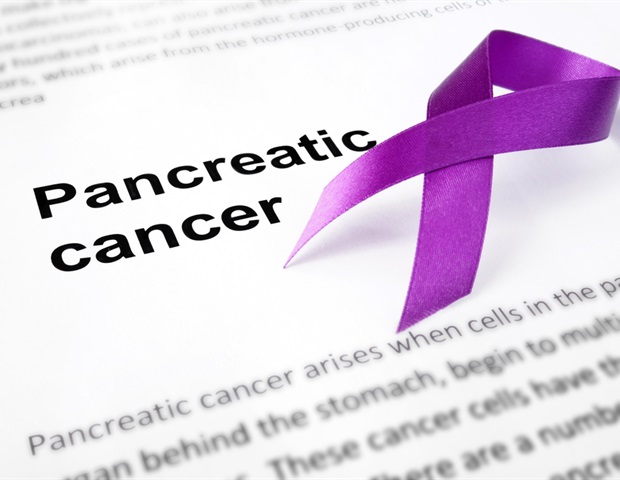
A study conducted by LSU Health New Orleans’ Schools of Public Health and Medicine faculty reports that diet contributes to HPV infection leading to cervical cancer. Results are published in the Journal of Infectious Diseases.
This study showed that women who did not eat fruits, dark-green vegetables, and beans had a significantly higher risk of genital high-risk-HPV infection. In addition, intake of whole grains and dairy was inversely associated with low-risk-HPV infection.”
Hui-Yi Lin, PhD, Professor of Biostatistics at LSU Health New Orleans School of Public Health and lead author of the study
The study included de-identified data from 10,543 women from the 2003–2016 National Health and Nutrition Examination Survey (NHANES). The women were 18-59 years old, with valid genital HPV infection data and Healthy Eating Index diet information. Women with any dose of HPV vaccination or cancer history were excluded.
For US women aged 15-59, the prevalence of any HPV infection is 40.7%, and high-risk-HPV infection is 19.2%. Low-risk-HPV prevalence was 21.5% and HPV-negative, 59.3%.
Generally, US women have low Healthy Eating Index scores in greens and beans and fruits, with less than half of the optimal score of 5. Their greens-and-beans category score was 2.02. The score for whole fruits was 2.48 and for total fruits (whole fruits plus juice) was 2.41. About 43% of women did not eat any greens and beans, 27.5% did not eat any whole fruits, and 15.8% did not eat any total fruits.
These results are consistent with the authors’ previous antioxidant study, which indicates the four dietary antioxidants (vitamins A, B2, E, and folate) were inversely associated with high-risk-HPV infection.
These dietary antioxidants can be found in dark-green vegetables (such as spinach, kale, and broccoli), beans (such as lima beans, peas, soybeans, and black beans), and fruits (such as oranges, grapes, blueberry, and mango). The authors suggest that the potential biological mechanism of fruits, dark-green vegetables, and beans to inhibit HPV infection may be through enhancing immune response and decreasing inflammation.
The research team also observed that women who ate healthily tended to practice other health behaviors. For example, women with a maximum score of 5 in total fruits had a lower chance of being current smokers, frequent alcohol drinkers, and illegal substances user in their lifetime. They were also less likely to engage in risky sexual behavior.
Cervical cancer is the second leading cause of cancer death for women aged 20-39 in the United States. The primary cause of cervical cancer and pre-cancerous lesions of the cervix is human papillomavirus (HPV) infection. Almost all cervical cancers (99.7%) are directly linked to the previous infection of oncogenic or high-risk HPVs. HPV infection is common in US women — approximately 80% are estimated to have at least one type of HPV infection in their lifetime. Although most HPV infections are asymptotic and resolve within two years, some persist and progress to cervical cancer.
LSU Health New Orleans authors also include Drs. Tung-sung Tseng, Krzysztof Reiss and Michael E. Hagensee, Qiufan Fu, Xiaodan Zhu, along with Dr. L. Joseph Su from the University of Texas Southwestern Medical Center.
This study was supported by the Center for Translational Viral Oncology, funded by the National Institutes of Health’s National Institute of General Medical Sciences.
Source:
Louisiana State University Health Sciences Center
Journal reference:
Lin, H-Y., et al. (2023) Impact of Dietary Quality on Genital Oncogenic HPV Infection in Women. The Journal of Infectious Diseases. doi.org/10.1093/infdis/jiad146.







